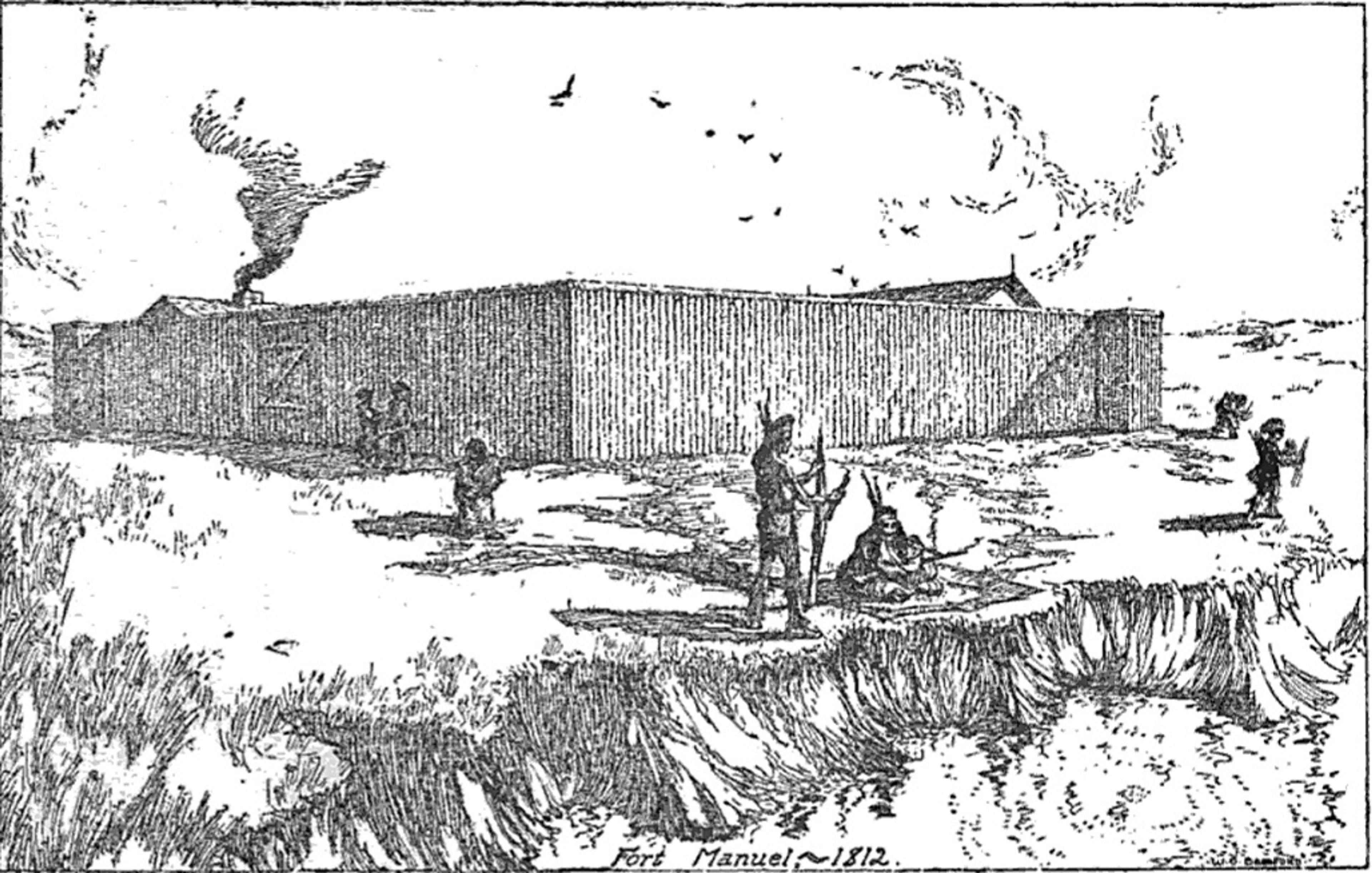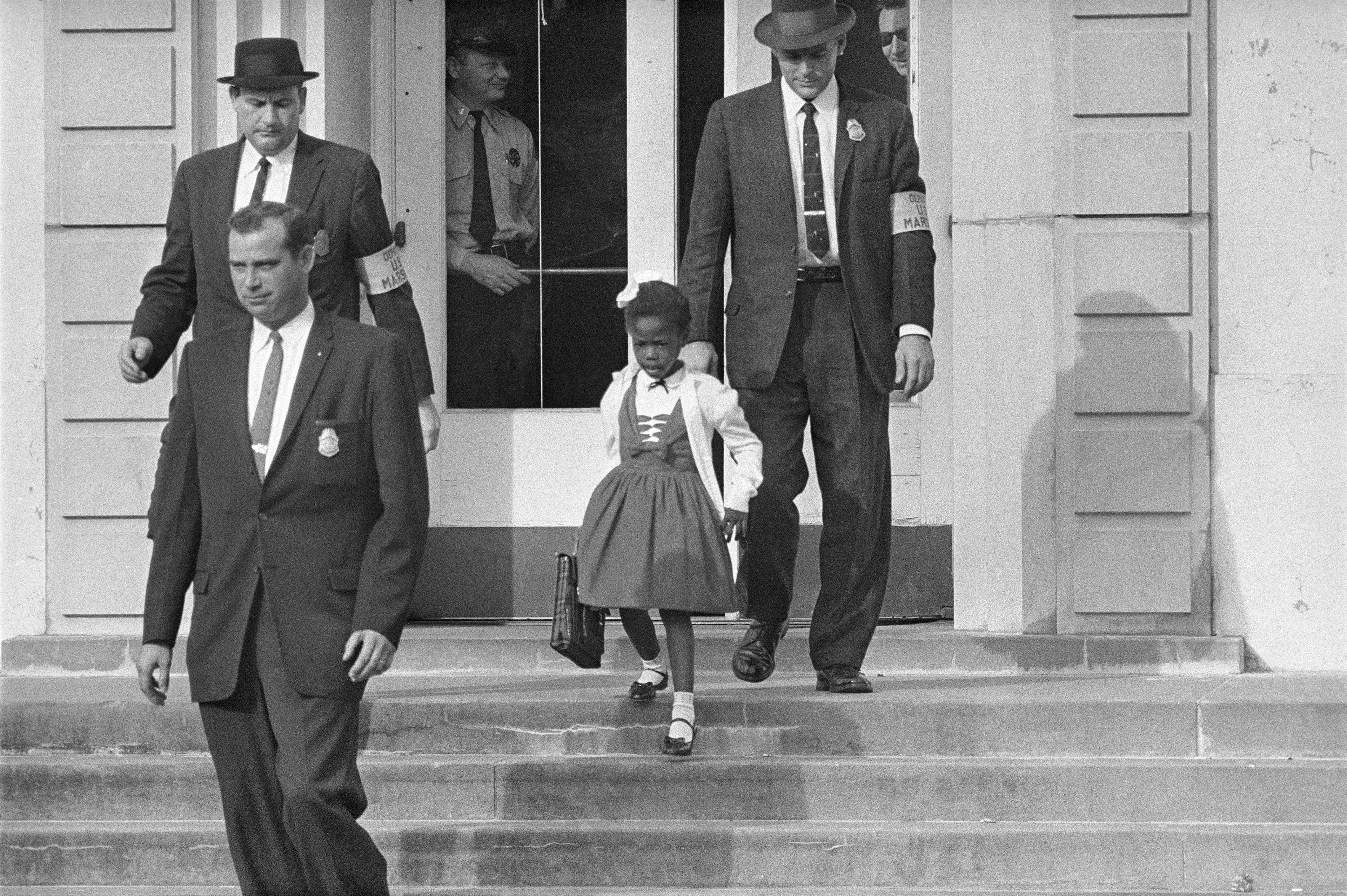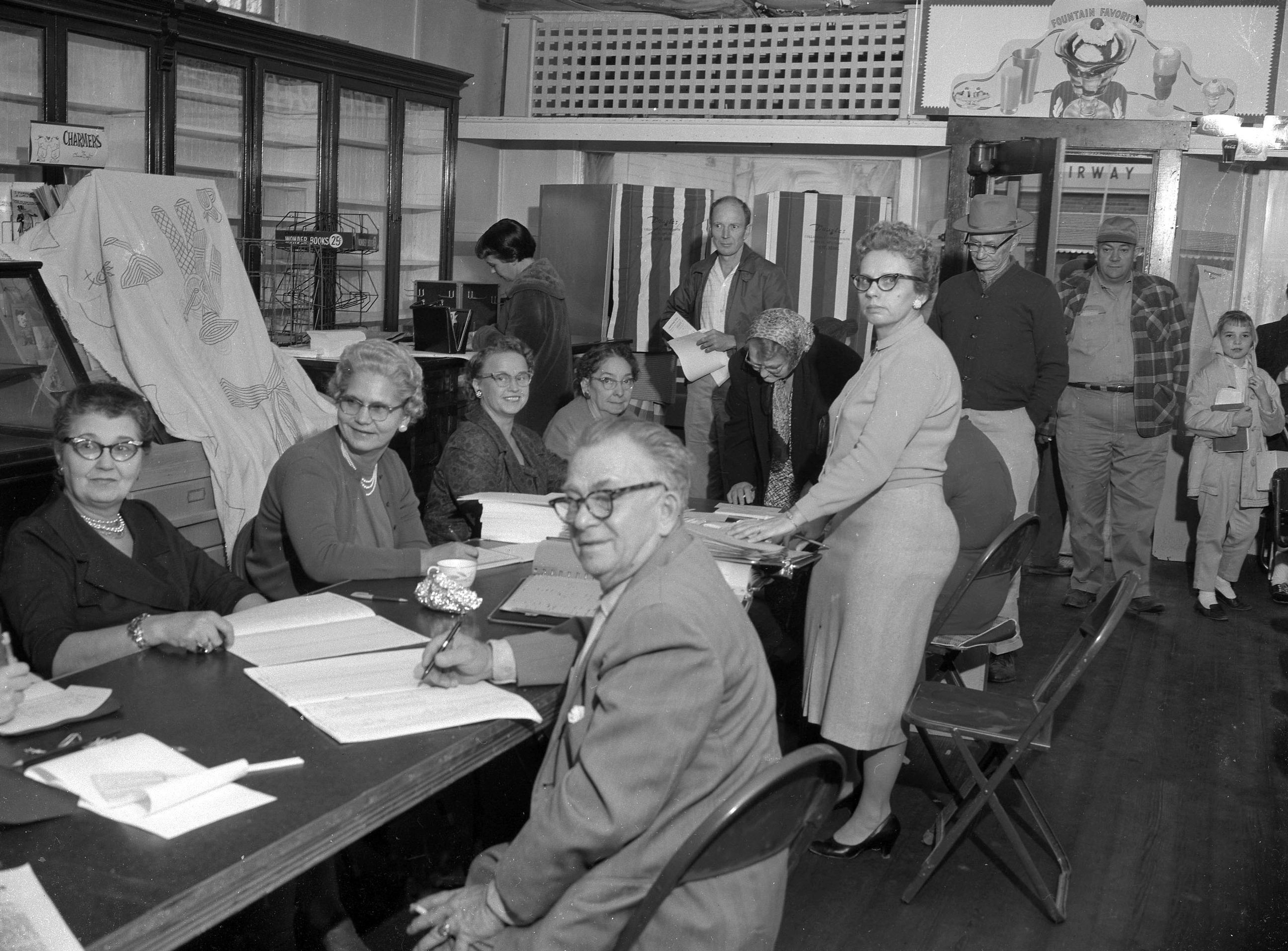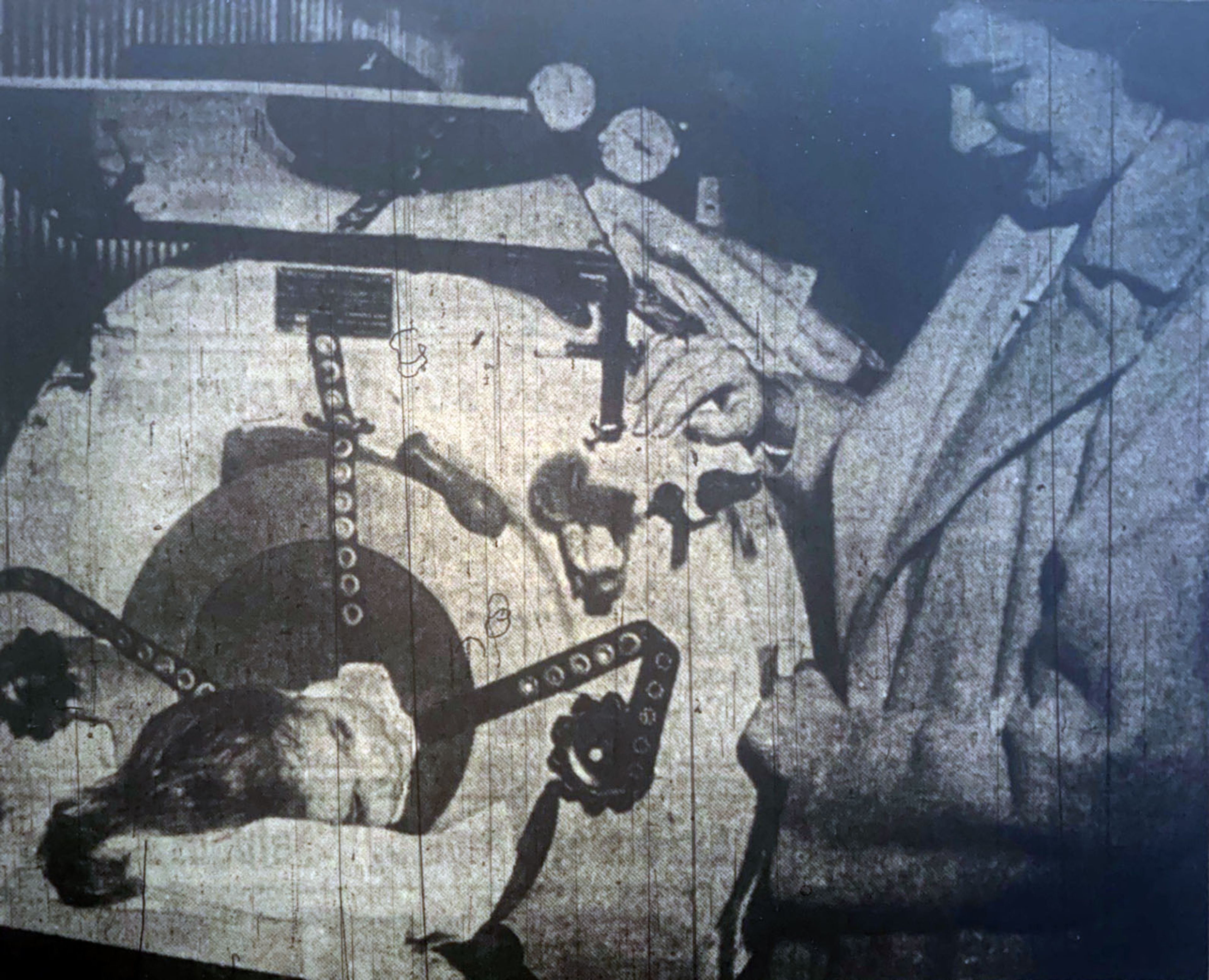Louis Lorimier Jr. – Life as a trader
Louis Lorimier Jr.'s journey from Army life to fur trading in the early 1800s reveals a tale of land deals, Native American trade and financial struggles, ending with his mysterious death in 1832.
Louis Lorimier Jr. focused on acquiring land after leaving the Army. However, a new opportunity presented itself in early 1812. Manuel Lisa’s Missouri Fur Company reorganized during the previous winter, and Lisa prepared a trading expedition to the Upper Missouri. Louis Lorimier Jr. was among those recruited for the venture. He sold both his properties to his father on April 18, 1812, probably to clear any problems with inheritance if he failed to survive.
Lisa’s expedition departed St. Louis in two boats on May 2 and May 6, 1812. Lisa’s engagées built Fort Manuel as a base around the South and North Dakota border. Lorimier and four others left in September for the Wind River area to trade with the Absaroka (Crow). Other tribes threatened the post, delaying the dispatching of trade goods. Lorimier and his group returned on March 20, 1813. Lisa paid Lorimier to return to the Bighorn River to warn other traders of the danger and the abandonment of Fort Manuel.
Lorimier returned in 1813 amid the disruption of the War of 1812. He succeeded his father in the trading business with the Shawnee and Delaware. An older settler in Stoddard County claimed in Houck’s history that Lorimier established a trading post in the area that would become Bloomfield by 1816. He also married Margaret "Peggy" Penny in 1816.
Trading with Indigenous people became less lucrative after the War of 1812. Treaties forced tribal peoples to liquidate Missouri land in exchange for trade goods or land elsewhere. At some point Lorimier established a trading post among the Delaware at the mouth of Swan Creek in present-day Taney County, Missouri. He sold this to another trader, William Gillis, in 1822.
Lorimier began selling his land in 1817. First, he sold the 640-acre tract on Hubble Creek with a saw and grist mill after settlement of his father’s estate in 1817. He sold the remainder of his real property through the 1820s, finally selling the remainder of his land grant on Scism Creek to Pierre Menard and Louis Valle on May 7, 1828.
Louis Lorimier appears as head of a family on the 1830 census with a wife, five children and one slave. He died in September 1832, and James P. Fulkerson received letters of administration on Sept. 21.
An often-repeated story is that Indians killed Louis Jr., perhaps at his trading post. There are other possible explanations for his death, including the ubiquitous malaria in the region. The year 1832 is momentous as the year in which the first cholera pandemic occurred in the U.S.
Lorimier’s probate file in the County Archive Center points toward continued involvement in trade. Fulkerson as administrator lost a debt lawsuit to Menard and Valle in 1834, for $88,096.80 debt and $34,793.61 damages in 2024 dollars. There are several dozen debts owed to Lorimier by individual Osage, Delaware, Shawnee and others. Few trade goods appear in the estate inventory, possibly because he liquidated his assets to pay his own debts.
Bill Eddleman, Ph.D. Oklahoma State University, is a native of Cape Girardeau County who has conducted genealogical research for over 25 years.
Connect with the Southeast Missourian Newsroom:
For corrections to this story or other insights for the editor, click here. To submit a letter to the editor, click here. To learn about the Southeast Missourian’s AI Policy, click here.









